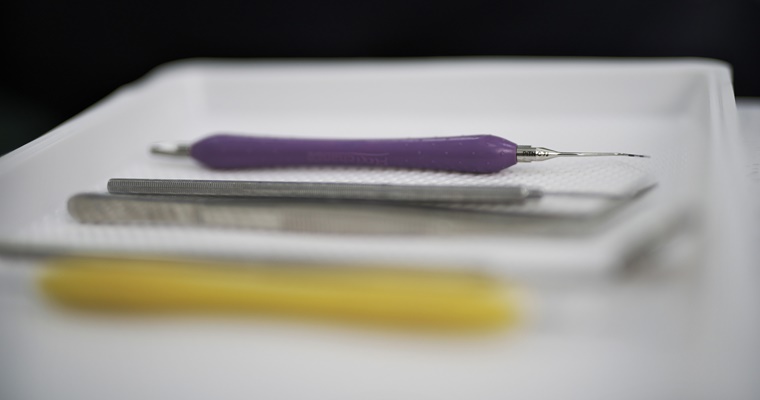- 16 September, 2019
- CPD
- Please select
-

In 2019 we invited comments on ideas on proposals to shape the direction of lifelong learning or CPD for dental professionals. We sought views on proposals for a portfolio model for lifelong learning, which would focus on quality rather than quantity. We also asked for views on:
- what could improve planning for CPD
- the role of peer learning and reflective practice
- how to better inform professional choice
- harnessing value from activities undertaken.
The proposals were informed by a literature review, an advisory group, two stakeholder workshops, and feedback received on CPD proposals set out in Shifting the balance in 2017. We received 117 responses, including 102 from individuals and 15 from organisations.
Stakeholders highlighted the need to understand the benefits and drawbacks of the current scheme, and we agreed that an evaluation of how well the current scheme supports dental professionals in maintaining and developing their practice was needed
(published 22 June 2022).
Below you will find a short summary of responses. You will find more detailed review in the outcome report.
Summary of key findings
Responses indicated broad support for the proposed portfolio model. There were some concerns about the practicalities of the portfolio model, particularly on how compliance would be monitored. Any future scheme would need to balance assurance that
CPD had been undertaken with greater flexibility for dental professionals.
Some respondents felt there was a role to play for peer networks and employers in supporting a portfolio model, such as the use of appraisals and peer reviews to identify development needs and monitor the completion of planned learning activities.
There was also support for making active learning (active or hands-on engagement, often including interacting with other professionals) part of any future scheme. However, there were concerns that there had been a decline in the availability of such
activities, possibly an unintended consequence of removing non-verifiable CPD. Key barriers to active learning included a lack of online and remote facilities for learning with or from peers.
Views on reflection and how it was used to inform CPD activities suggested that it was not as significant a component as might have been hoped. Many professionals told us they did not know how to reflect well, and suggested that support from education
providers, accessible guides or templates would help.
Opinion was divided amongst respondents on the suggestion that minimum hourly requirements could be removed. Some argued that removing them would:
- make the system more flexible
- ensure the activities undertaken were meaningful, and better tailored to individual needs and field of practice
- shift focus to the quality of CPD and benefit gained, away from quantity and counting hours.
Others argued that retaining minimum hours was important because it ensured a minimum amount of learning was established. Respondents felt that the minimum hours requirement set clear expectations and provided a simple system for monitoring compliance.
We received a range of views about the possible impact of the removal of recommended CPD topics. While a majority of respondents agreed that they had a positive impact on CPD choices, almost half agreed that they could be removed from a future system.
Three quarters of respondents felt that recommended topics were a ‘tick-box’ exercise.
Respondents suggested that dental professionals could be motivated to make positive changes through incentives such as protected time for CPD or free CPD. Others said that carrying out CPD was part of being a professional and that little encouragement
was needed.
While we cannot mandate employers to give dental professionals time off for CPD, we can help them understand the value of CPD to their employees, their patients, and businesses.
Next steps
We have gained detailed insights into the views of dental professionals and stakeholder about any future CPD scheme through this exercise.
The next stage of this work is to evaluate the current CPD scheme, to better understand which parts of the scheme works well and not so well.
Output downloads
Further research outputs
Evaluating Enhanced CPD: Final Report
Our public protection role includes ensuring that the dental team are well-trained and deliver care to high standards. Undertaking continuing ...
Comparative Analysis of CPD Monitoring, Audit and Enforcement
This piece of research was commissioned by the GDC. It considers and compares CPD approaches undertaken by eight UK ...
Review of the literature on CPD - 2019
The GDC commissioned this review on CPD literature in 2018 to underpin the future development of CPD.
 eGDC
eGDC